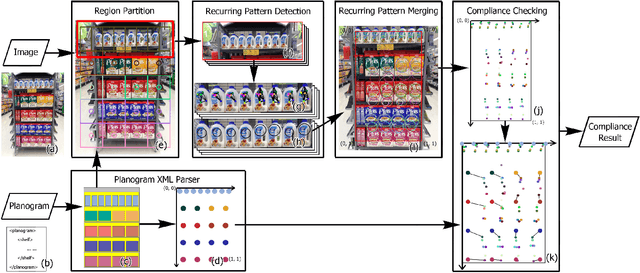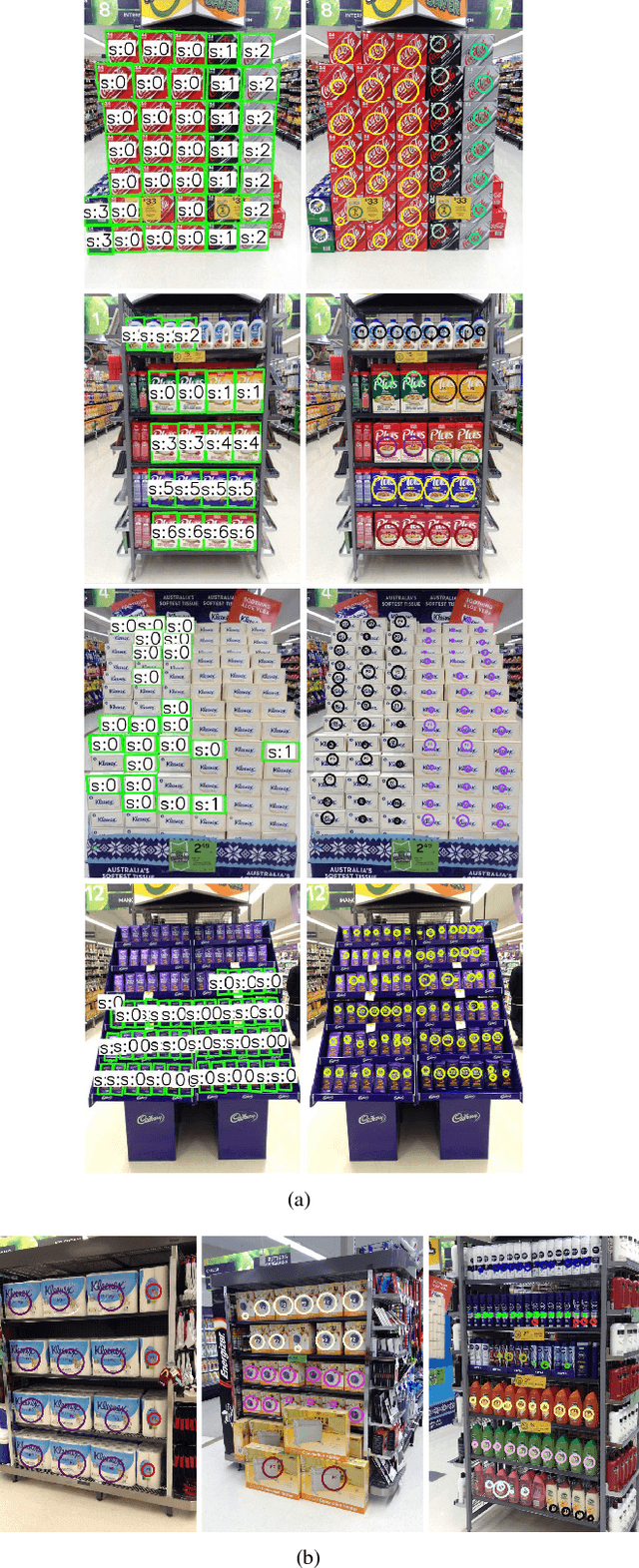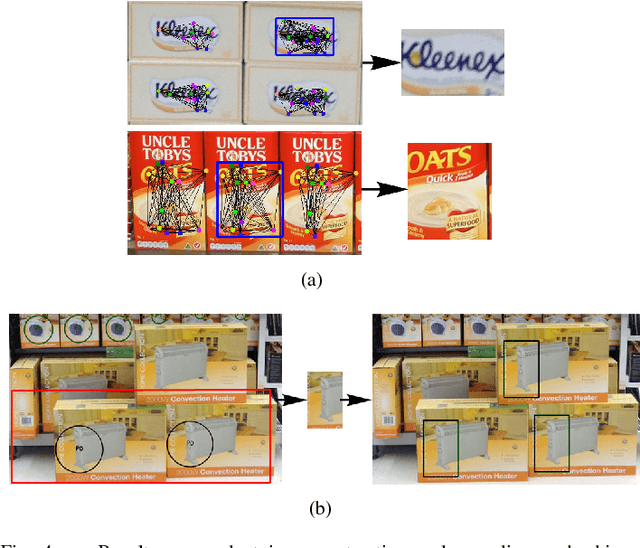Christian Ritz
Exploring Image Transforms derived from Eye Gaze Variables for Progressive Autism Diagnosis
Jun 07, 2025Abstract:The prevalence of Autism Spectrum Disorder (ASD) has surged rapidly over the past decade, posing significant challenges in communication, behavior, and focus for affected individuals. Current diagnostic techniques, though effective, are time-intensive, leading to high social and economic costs. This work introduces an AI-powered assistive technology designed to streamline ASD diagnosis and management, enhancing convenience for individuals with ASD and efficiency for caregivers and therapists. The system integrates transfer learning with image transforms derived from eye gaze variables to diagnose ASD. This facilitates and opens opportunities for in-home periodical diagnosis, reducing stress for individuals and caregivers, while also preserving user privacy through the use of image transforms. The accessibility of the proposed method also offers opportunities for improved communication between guardians and therapists, ensuring regular updates on progress and evolving support needs. Overall, the approach proposed in this work ensures timely, accessible diagnosis while protecting the subjects' privacy, improving outcomes for individuals with ASD.
DASEE A Synthetic Database of Domestic Acoustic Scenes and Events in Dementia Patients Environment
May 13, 2021



Abstract:Access to informative databases is a crucial part of notable research developments. In the field of domestic audio classification, there have been significant advances in recent years. Although several audio databases exist, these can be limited in terms of the amount of information they provide, such as the exact location of the sound sources, and the associated noise levels. In this work, we detail our approach on generating an unbiased synthetic domestic audio database, consisting of sound scenes and events, emulated in both quiet and noisy environments. Data is carefully curated such that it reflects issues commonly faced in a dementia patients environment, and recreate scenarios that could occur in real-world settings. Similarly, the room impulse response generated is based on a typical one-bedroom apartment at Hebrew SeniorLife Facility. As a result, we present an 11-class database containing excerpts of clean and noisy signals at 5-seconds duration each, uniformly sampled at 16 kHz. Using our baseline model using Continues Wavelet Transform Scalograms and AlexNet, this yielded a weighted F1-score of 86.24 percent.
Planogram Compliance Checking Based on Detection of Recurring Patterns
Feb 22, 2016



Abstract:In this paper, a novel method for automatic planogram compliance checking in retail chains is proposed without requiring product template images for training. Product layout is extracted from an input image by means of unsupervised recurring pattern detection and matched via graph matching with the expected product layout specified by a planogram to measure the level of compliance. A divide and conquer strategy is employed to improve the speed. Specifically, the input image is divided into several regions based on the planogram. Recurring patterns are detected in each region respectively and then merged together to estimate the product layout. Experimental results on real data have verified the efficacy of the proposed method. Compared with a template-based method, higher accuracies are achieved by the proposed method over a wide range of products.
 Add to Chrome
Add to Chrome Add to Firefox
Add to Firefox Add to Edge
Add to Edge